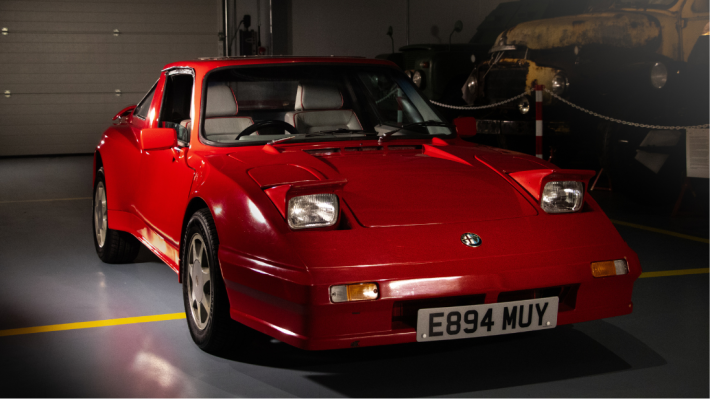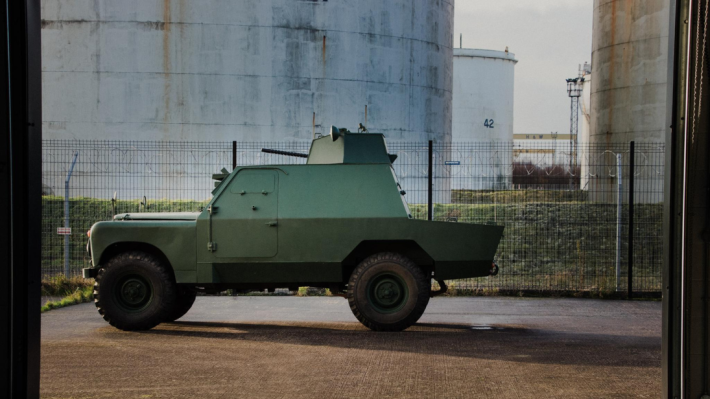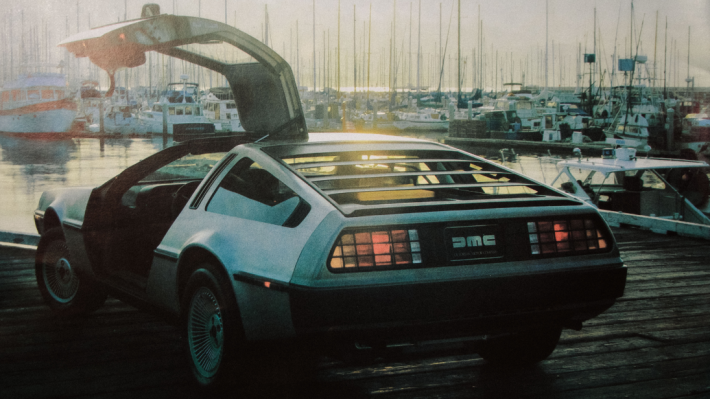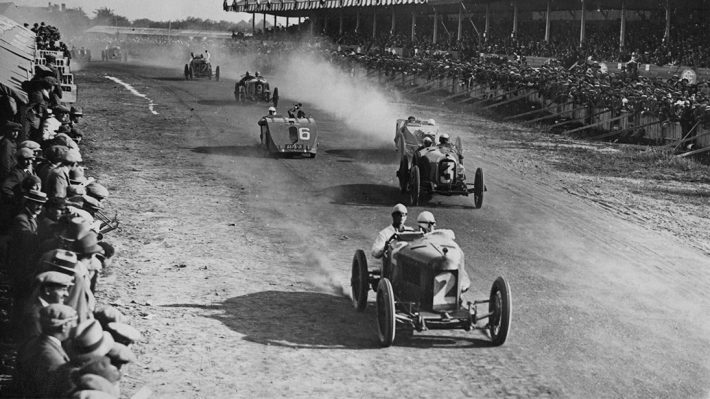
Mondeo Memories
Join Jenny McConnell in exploring her mementos from the 1994 Ford Overland Challenge New York-London.
In the winter of 1993, a team of adventurers set off from London with one goal: to make the first overland journey to New York. The journey took them through Europe, across Asia, over the frozen sea ice of the Bering Strait to Alaska, through Canada, and finally across the United States; a dizzying distance of 15,800 miles.
On the team was Belfast student Jenny McConnell (née Ballagh) who participated in the Challenge following her completion of the Duke of Edinburgh Gold Award. At 21, she was the youngest member of the team.
Jenny was instrumental in the donation of the Ford Mondeo that she drove during the expedition to the Ulster Transport Museum. She also donated some of the keepssakes that she collected along her travels.
Child's Postcard

This postcard was given to Jenny while travelling through northern Russia. At this time, many places across this region were struggling economically and so a postcard would like this would have been considered very special to a child. The gifting of it to Jenny makes it all the more touching and reflects the kindness shown to the people on the expedition.
Beaded Gloves

Jenny was given these gloves in Alaska. They are made of fur, which highlights the resourcefulness of people living in harsh environments in using every resource available to them, while seeking to avoid waste. The beading suggests that these gloves were given to Jenny by a representative of a local Indigenous community. The land we now call Alaska is the traditional home of more than 200 federally-recognised tribes.
Solar Eclipse Medal

This coin commemorates the solar eclipse of 1990 that was visible from Finland to Alaska. On the back, the letters 'ЯАССР' represent the Yakut Autonomous Soviet Socialist Republic, an area in the north east of Russia.
Kayak Carving

This carving of a kayak represents a method of transportation used across the Arctic Circle for hundreds, if not thousands, of years. Kayaks ('qajaq', or 'qayaq') and umiaqs - which are stylistically closer to what we might call a canoe - were made with animal skin. This carving was given to Jenny in Nome, Alaska.
Andryushkino History Pamphlets

These pamphlets chart the history of Andryushkino, a remote and small village in the deep north east of Russia.
Husky Bootie

Jenny collected this bootie while she was in Alaska and encountered huskies pulling sleds. The booties kept the paws of the dogs protected from the ice and snow. This type of protection has spread beyond Alaska and is now used by many dog owners around the world to protect their own dogs paws from icy conditions.
Wall decoration

A wall hanging that was given to Jenny in Siberia. She was particularly taken by how intricate and artistic this was, and mentioned how touched she was by people's kindness in sharing gifts from their cultures with the team.
Hat (tubeteika)

These hats were common across Central Asian cultures, and are known as tubeteika. Jenny recalls being given this hat in Kazakhstan.
Ural Automobile Plant Coin

The Ural Automobile Plant of Miass, Russia, produced the large trucks that assisted the team through the harsh northern landscapes. The trucks were essential for supplies and rest. The team visited the Ural Automobile Plant on their travels, and were gifted these commemorative coins.
Overland Challenge Hat

These hats were given to members of the Overland Challenge crew to keep them warm ahead of the cold winter they were facing. Jenny wore hers everyday on the challenge.
Badge

This badge was given to Jenny by school children in Ruby, Alaska.
Jenny's Badges

These badges were collected by Jenny during the Challenge. We can spot the badges of places she travelled through, ones commemorating the challenge, and ones from significant places such as the Brandenburg Gate.



